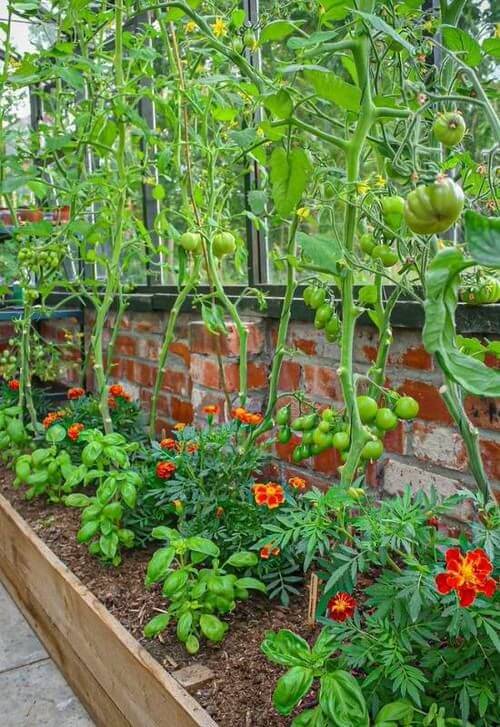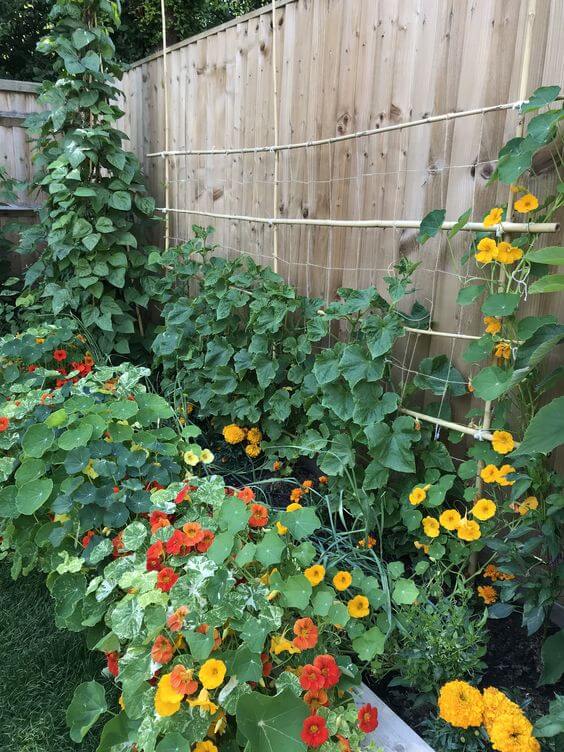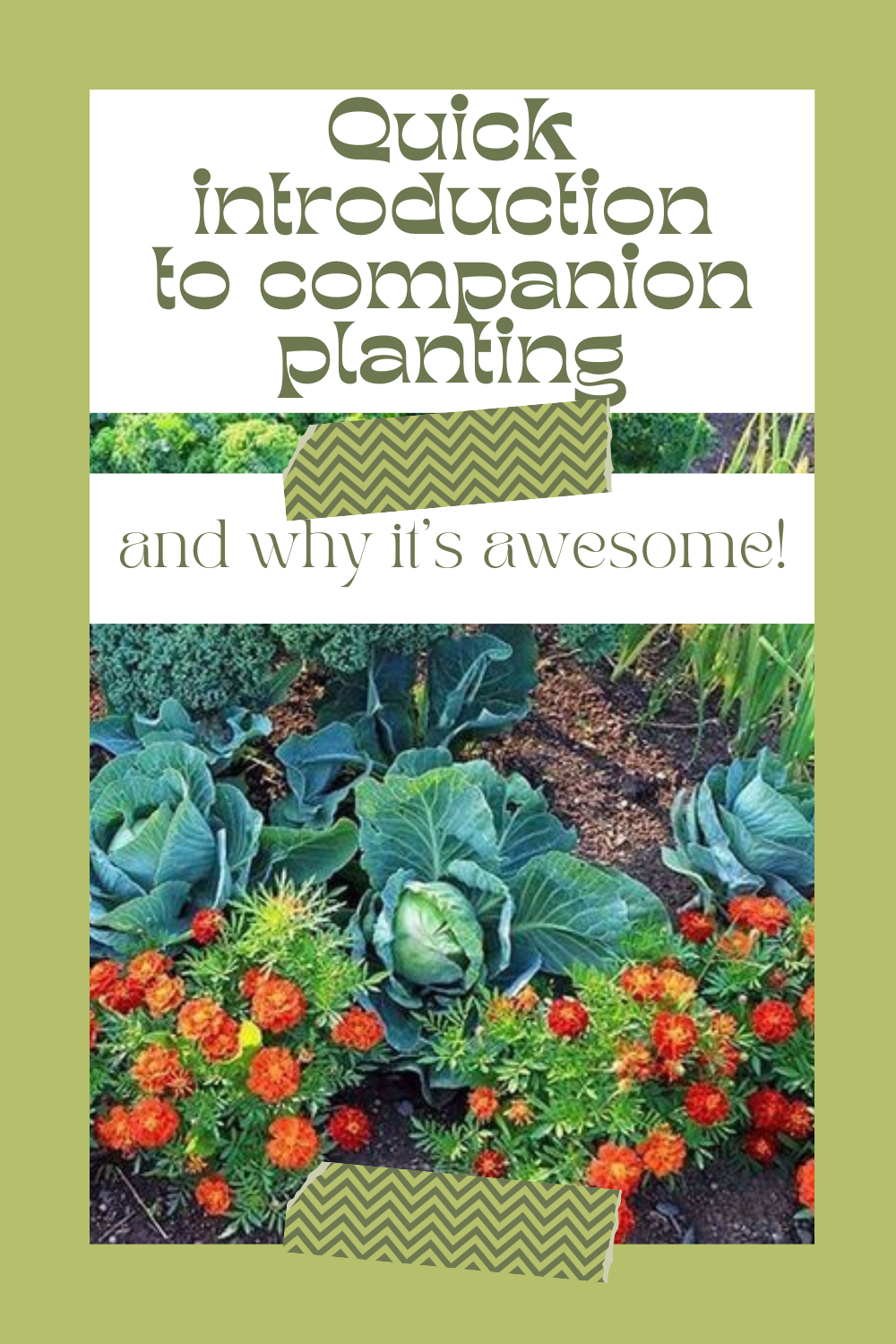In today’s world we really need to think about what we’re eating. Every other person we know has some kind of an allergy or food intolerance and food sold to us in the supermarkets is designed to poison us – I think we all know it by now. No wonder more and more people are interested in growing their own food. It seems easy at first but new gardeners often get discouraged when pests eat all of their crops or vegetables just don’t grow. Especially when they don’t want to use any chemical fertilizers or pesticides.
That’s where companion planting comes in to save us all. Companion planting is a gardening technique as old as agriculture itself, based on relationships between different plant species. It involves planting compatible plants together or in close proximity to enhance growth, repel pests, attract beneficial insects, and maximize yields. This practice is founded on the principle that certain plants can benefit each other when grown together and create a harmonious ecosystem within your garden.

There are tons of benefits in companion planting. It promotes biodiversity and ecological balance while also reducing the need for chemical pesticides and fertilizers. The outcome is a more sustainable and environmentally friendly approach to gardening. By promoting the natural interactions between plants, gardeners can create a resilient and thriving garden that yields abundant crops while minimizing the risk of pest infestations and crop failures.
One of the key advantages of companion planting lies in pest management. Some plants act as natural pest control agents for neighboring crops by repelling or deterring common garden pests. Additionally, certain plant combinations can attract beneficial insects such as pollinators and predatory insects, which help to maintain a healthy ecosystem and keep pest populations in check.
Moreover, companion planting can improve soil fertility and structure through the process of nitrogen fixation and nutrient cycling. Certain plants, known as nitrogen-fixing plants, have the ability to convert atmospheric nitrogen into a form that is accessible to other plants, thereby enriching the soil with essential nutrients. The intercropping of complementary plants can help to prevent soil erosion, suppress weeds, and optimize space utilization within the garden.

When it comes to selecting plant pairs for companion planting, there are numerous options to choose from. Here are ten of the best pairs of plants known for their synergistic relationships:
- Tomatoes and Basil: Basil acts as a natural repellent for tomato hornworms and enhances the flavor of tomatoes when grown together.
- Beans and Corn: Beans fix nitrogen in the soil, benefiting corn, while corn provides support for climbing beans.
- Carrots and Onions: Onions deter carrot flies, while carrots help to suppress weeds and loosen the soil for onions to grow.
- Lettuce and Radishes: Radishes repel pests such as aphids and flea beetles, while lettuce provides shade and helps retain soil moisture for radishes.
- Cucumbers and Nasturtiums: Nasturtiums deter cucumber beetles and attract predatory insects, promoting a healthier cucumber crop.
- Peppers and Marigolds: Marigolds repel nematodes and other soil-borne pests harmful to peppers, improving their overall health and yield.
- Strawberries and Thyme: Thyme acts as a ground cover, suppressing weeds and providing a natural mulch for strawberries, while strawberries benefit from thyme’s aromatic oils that deter pests.
- Cabbage and Dill: Dill attracts beneficial insects like parasitic wasps, which prey on cabbage pests such as cabbage worms and aphids.
- Spinach and Eggplant: Spinach provides a living mulch, conserving soil moisture and shading the soil for eggplants, while eggplants offer vertical support for climbing spinach varieties.
- Potatoes and Horseradish: Horseradish deters potato pests like potato beetles and improves soil health, benefiting the growth of potatoes.
In conclusion, companion planting is an amazing gardening technique that offers a lot of benefits for both plants and gardeners alike. By harnessing the power of plant synergies, gardeners can create resilient and thriving ecosystems that promote biodiversity, reduce pest pressure, and maximize yields. Whether you’re a novice gardener or a seasoned horticulturist, incorporating companion planting into your gardening repertoire can help unlock the full potential of your garden while fostering a deeper connection to the natural world.
